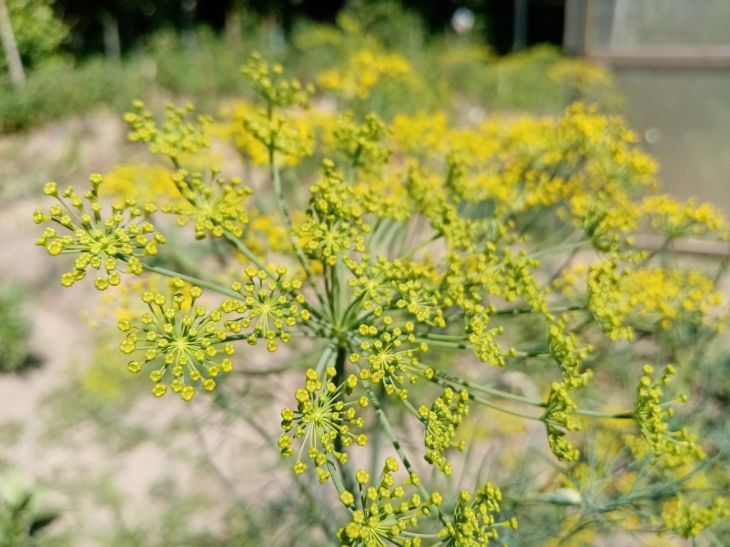What neighborhood does dill dislike: remember for the rest of your life what you can’t plant nearby
Dill is a popular herb often found in vegetable gardens and summer cottages.
However, not all plants get along well with this fragrant neighbor.
Proper placement of dill in the garden bed can significantly affect its growth and yield, as well as the condition of surrounding crops.
Features of dill as a neighbor
Dill has a strong aroma and releases special substances into the soil that can have both beneficial and negative effects on other plants.
In addition, it has a developed root system that actively absorbs nutrients and moisture from the soil. These factors must be taken into account when planning plantings.

Now let's take a closer look at unfavorable neighbors for dill.
Carrot
Carrots and dill belong to the same family of umbelliferous plants. They compete for the same nutrients in the soil, which can lead to the weakening of both crops.
In addition, dill can attract pests that are dangerous to carrots, such as the carrot fly.
Fennel
Fennel, another member of the umbelliferous family, is also not recommended for planting next to dill.
These plants can suppress each other's growth due to similar nutritional needs and substances released into the soil.
Tomatoes
Although some gardeners successfully grow dill next to tomatoes, many experts do not recommend this neighborhood.
Dill can slow the growth of tomatoes and affect the taste of the fruit.
Pepper
Pepper is also not the best neighbor for dill. These crops have different care requirements and can negatively affect each other when planted close to each other.
Plants that grow well with dill
Despite the fact that dill has a number of "undesirable" neighbors, there are crops with which it gets along well.
Cabbage
Dill repels some cabbage pests, such as cabbage whites and cabbage moths.
Its strong smell can disorient insects and protect cabbage from damage.
Cucumbers
Dill helps cucumbers pollinate better by attracting beneficial insects. It can also improve the taste of cucumbers.
Onion and garlic
These crops combine well with dill because they have different nutritional needs and do not compete for resources.
